-
Transformer-based convolutional forgetting knowledge tracking
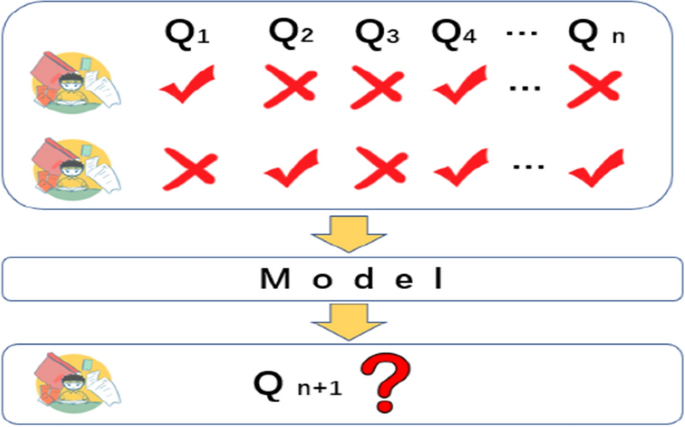
Abstract Knowledge tracking is to analyze the mastery of students’ knowledge through the learning track. This is very important for online education, since it can determine a learner’s current knowledge level by analyzing the learning history and then make recommendations for future learning. In the past, the commonly used model for knowledge tracking is the…
-
Molecular and biological investigating of tea plant necrotic ring blotch virus as a worldwide threat

Abstract Tea plant necrotic ring blotch virus (TPNRBV) has emerged as a significant threat to tea plantations, primarily in China. Since 2020, similar symptoms have been observed in tea plants in northern Iran, raising concerns about the spread of this viral infection. In this study, we conducted an extensive investigation involving approximately 70 samples collected…
-
Understanding the new nature and biodiversity frameworks for companies

The international frameworks for businesses on protecting nature and promoting biodiversity have become more clear in the past year. And while many companies feel comfortable tackling climate and emissions targets, the nature guidelines can feel both overwhelming and confusing. At BLOOM 23, GreenBiz’s new nature and biodiversity conference, executive director of the Science Based Targets…
-
Nature, nurture, or both? The scientists behind AI-made robots
.sno-hac-inner-desktop-2 {background: transparent;overflow: hidden;padding-left: 0px;padding-right: 0px;width: calc(100% – (2 * 0px));}.sno-hac-inner-desktop-2 .sno-icon {height: 25px;width: 25px;line-height: 25px;font-size: calc(25px * 2 / 3);border-radius: 5px;margin-right: 5px;}.sno-hac-inner-desktop-2 .sno-icon i { line-height: 25px; } .sno-hac-inner-desktop-2 .sno-hac-iconwrap {text-align: center;margin-left: 0px;}.sno-hac-inner-desktop-2 .sno-hac-iconwrap a:nth-of-type(9) .sno-icon {margin-right: 0;}.sno-hac-inner-desktop-2 .sno-hac-iconwrap a:nth-of-type(n + 10) {display: none;}.sno-hac-inner-desktop-2 .sno-icon {margin-top: 51.4845px;margin-bottom: 51.4845px;}.icon-monochromatic-desktop-2 .sno-icon {background: #501e4c;color: #fff;} .icon-monochromatic-inverse-hover-desktop-2 .sno-icon:hover…
-
Application of intelligent pacifying strategy information system in reducing short-duration MRI sedation rate in children
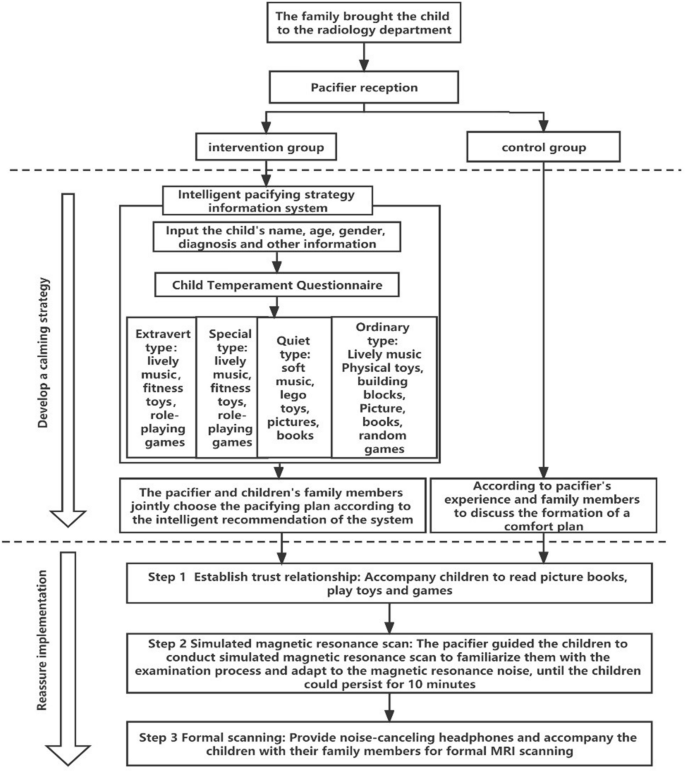
Abstract Exploring and analyzing the effectiveness of an intelligent pacifying strategy information system based on assisted decision-making in reducing the sedation rate of children in short-duration magnetic resonance scans. A total of 125 children aged 3–5 years who underwent MRI scans at a children’s hospital from July to December 2021 participated in this study, during which…
-
Starfish Are Heads—Just Heads
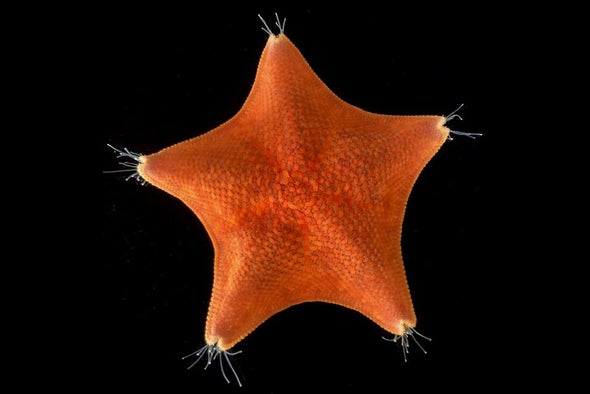
The unusual five-axis symmetry of sea stars such as Patiria miniata has long confounded our understanding of animal evolution. Credit: Laurent Formery Advertisement <div class="article-block article-text" data-behavior="newsletter_promo dfp_article_rendering" data-dfp-adword="Advertisement" data-newsletterpromo_article-text=" Sign up for Scientific American’s free newsletters. ” data-newsletterpromo_article-image=”https://static.scientificamerican.com/sciam/cache/file/4641809D-B8F1-41A3-9E5A87C21ADB2FD8_source.png” data-newsletterpromo_article-button-text=”Sign Up” data-newsletterpromo_article-button-link=”https://www.scientificamerican.com/page/newsletter-sign-up/?origincode=2018_sciam_ArticlePromo_NewsletterSignUp” name=”articleBody” itemprop=”articleBody”> At first glance, starfish seem to be all limbs, with five appendages…
-
Nature’s Take: How will ChatGPT and generative AI transform research?
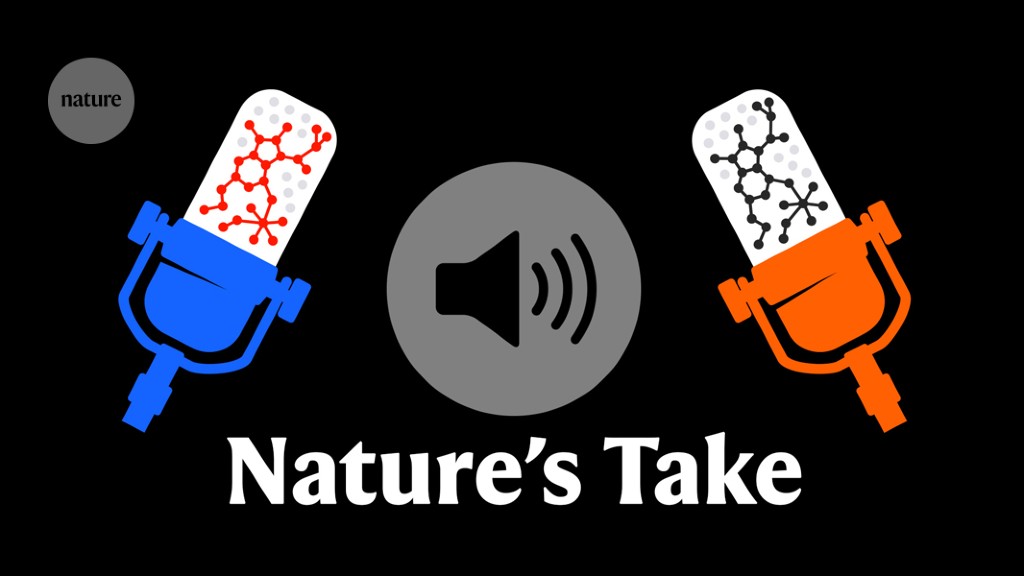
Download this episode of Nature’s Take In the past year, generative AIs have been taking the world by storm. ChatGPT, Bard, DALL-E and more, are changing the nature of how content is produced. In science, they could help transform and streamline publishing. However, they also come with plenty of risks. In this episode of Nature‘s…
-
Small signal modulation of photonic crystal surface emitting lasers
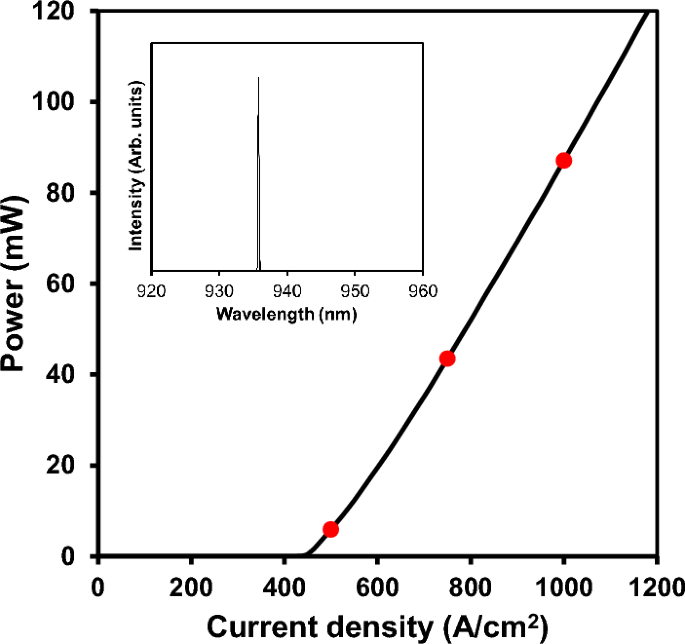
Abstract We report the small-signal characterization of a PCSEL device, extracting damping factors and modulation efficiencies, and demonstrating -3 dB modulation bandwidths of up to 4.26 GHz. Based on modelling we show that, by reducing the device width and improving the active region design for high-speed modulation, direct modulation frequencies in excess of 50 GHz are achievable. Introduction…
-
Bacteria tag tumours for CAR-T cell attack

RESEARCH HIGHLIGHT 03 November 2023 M. Teresa Villanueva M. Teresa Villanueva .readcube-buybox { display: none !important;} Chimeric antigen receptor (CAR)-T cell therapy has proven very efficacious for certain types of blood cancers, but treatment of solid tumours remains a challenge. This is partly because of the heterogeneous and unspecific expression of tumour-associated antigens (TAA) in…
-
Art and science: close cousins or polar opposites?
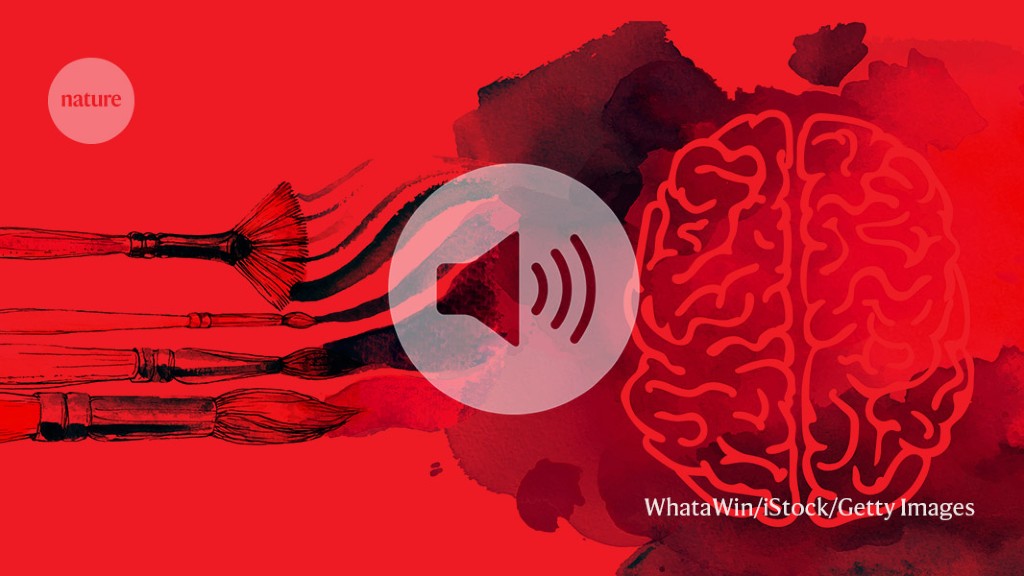
Your browser does not support the audio element. Download MP3 See transcript In the first episode of this six-part Working Scientist podcast series, Julie Gould explores the history of science and art, and asks researchers and artists to define what the two terms mean to them. Like science, art is a way of asking questions…